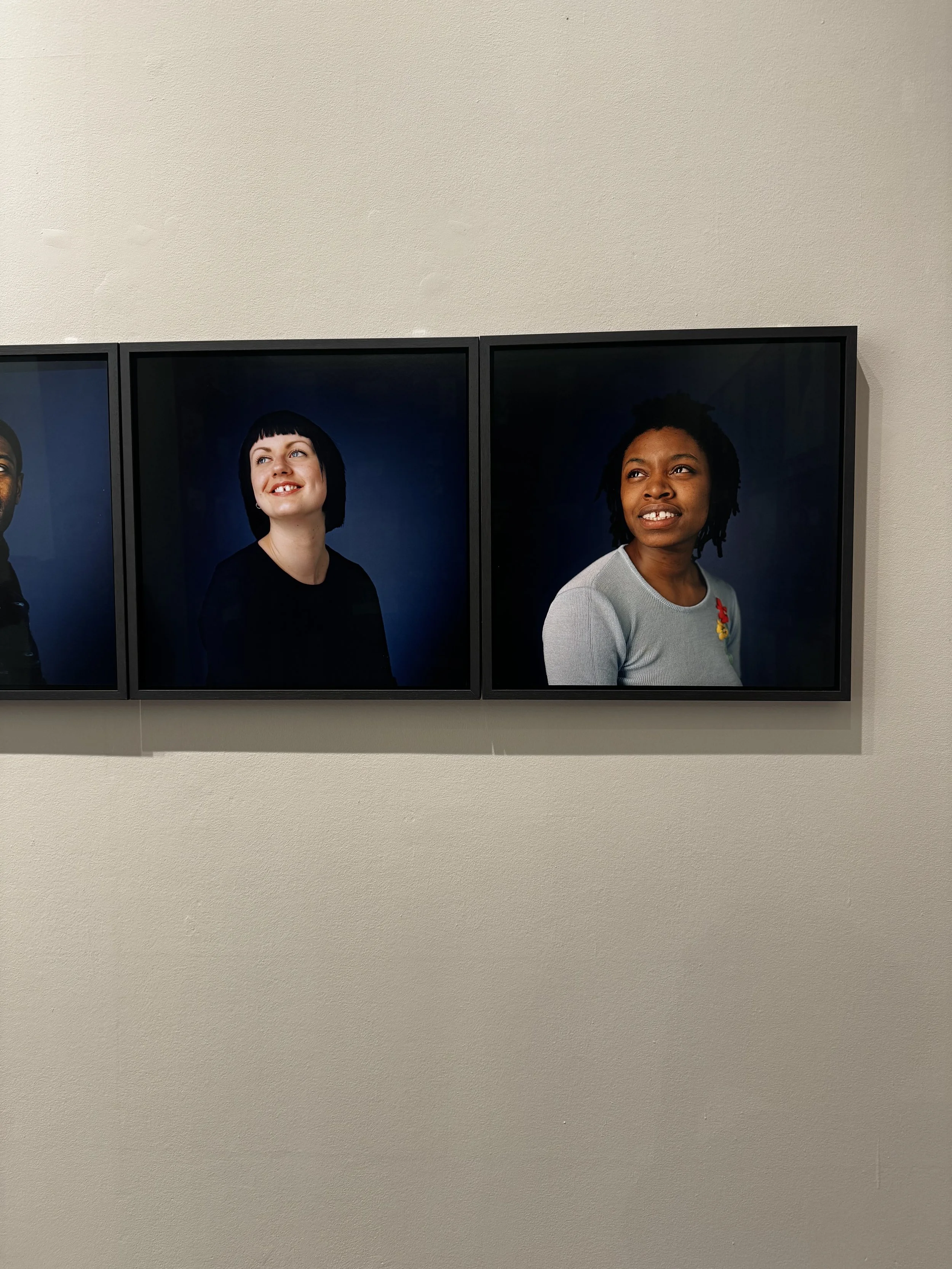Photo London 2025: Question at Belonging at Somerset House
Photo London 2025 unfolds at Somerset House with its familiar elegance and curatorial confidence - For the last time this year at this central location. The fair once again positions itself as a global key meeting point for contemporary lens based practices, where market dynamics meet cultural responsibility. Questions of visibility, authorship and historical presence surface across the halls. Afropean perspectives are present and meaningful this year, though they appear in carefully selected pockets rather than as a dominant current across the fair.
One of the most lyrical photographic statements comes from Silvana Trevalem with her works Chuao I and Chuao II from 2023. Born in Italy to Venezuelan parents, Trevalem works between documentary observation and quiet introspection. Her images from the coastal village of Chuao portray a cocoa growing community shaped by labour, ritual and deep rooted memory. Light drapes gently over faces and streets, never sensationalising, always attentive. The work reads as a meditation on belonging seen through a diasporic lens, where the photographer stands both inside and at a reflective distance.
The book section offers one of the most concentrated and rewarding spaces for Afropean and Afrodiasporic research. Here Black Chronicles stands out as a powerful point of reference. Developed under the long term stewardship of Autograph, the publication continues to reshape how Black British history is visually understood. By foregrounding studio portraits and social images from the Victorian and Edwardian eras, Black Chronicles confronts historical erasure with quiet authority. At the fair, its presence feels less like a product and more like an ongoing act of cultural restoration. Those searching for depth beyond the immediate spectacle of the booths will find some of the richest material precisely here.
At the Photographers Gallery, the announcement of the DBPF Prize adds an institutional counterpoint to the commercial rhythm of the fair. The prize continues to reinforce the importance of sustained support for socially engaged photographic practices and signals how recognition can shape long term visibility within the field. The Deutsche Börse Photography Foundation Prize 2025 was awarded to Lindokuhle Sobekwa, recognising his deeply personal publication I Carry Her Photo With Me. Born in South Africa, Sobekwa is known for his autobiographical documentary approach that weaves private grief into the broader fabric of post apartheid society. In the awarded work, he traces the disappearance and death of his sister through photographs, family archives and fragments of memory. The project moves with quiet intensity between mourning and testimony, turning photography into a tool for emotional reconstruction and social reflection.
The 2025 shortlist reflected the breadth of contemporary photographic practice. It included Cristina De Middel, whose constructed documentary works challenge the boundaries between fiction and political reality, and Rahim Fortune, celebrated for his tender yet powerful portraits of Black communities in the American South. Also nominated was Tarrah Krajnak, whose performative and self reflexive photographic practice interrogates archives, power and the history of representation. Presented at Photographers Gallery, the prize once again highlighted photography as a medium capable of holding both social urgency and poetic vulnerability.
The emotional core in London including the fair times of Photo London 2025, however, belongs to Eileen Perrier and her major survey A Thousand Small Stories, curated by Bindi Vora. Born and raised in London to Ghanaian and Dominican parents, Perrier has spent more than three decades using portraiture as a tool for connection, care and self definition. Since the 1990s she has worked in streets, homes, squares and salons, creating temporary studios wherever people gather. For Perrier, to be seen is not a passive condition but an active and political moment.
Her work draws from the visual vocabulary of nineteenth century European studio photography and contemporary African portrait traditions. Through this fusion she examines how class, cultural identity and belonging are performed in front of the camera. The exhibition brings together early series such as Ghana and Red Gold and Green, the infectious energy of the Afro Hair and Beauty Show, and later projects including Grace, Peckham Square Studio and the recent when am I gonna stop being wise beyond my years. What emerges is not only a chronological overview but a living social archive that traces British life through gestures of proximity and trust.
Perrier’s biography quietly anchors the work. Growing up between multiple diasporic lineages sharpened her sensitivity to nuance and contradiction. Her portraits never reduce their subjects to symbols. They honour complexity, vulnerability and strength with equal care. Alongside her artistic career, her long standing role as a senior lecturer has shaped generations of emerging photographers who carry her ethics of attentiveness forward. The survey is presented within Autograph’s sustained commitment to preserving the legacies of Black women practitioners and ensuring their rightful place within the photographic canon.
Photo London 2025 offers many moments of beauty and reflection. Voices of the diaspora are present and resonate with clarity, particularly through Perrier’s survey and the strong material found within the book section. And yet, the fair also carries a quiet sense of anticipation. One cannot help feeling that even more emerging perspectives could find space here in future editions. For now, those seeking the richest layers of Afropean history and contemporary thought may well find themselves lingering longest with Autograph and among the books, where the archive continues to speak most freely.





